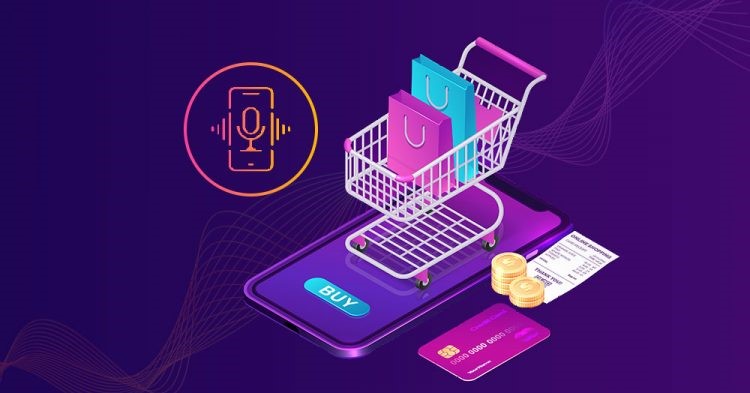Enjoy the digital era where e-commerce is always on the move. Going forward, companies need to keep up with this pace if they are to remain relevant in the highly competitive internet market in 2024. This year, we’ve got you covered with a list of fifteen of the topmost e-commerce trends.
1. AI-Powered Personalization
AI algorithms use consumer data to create personalized shopping experiences, right from product recommendations to marketing messages and hence enhance customer engagement and boost conversions.

2. Voice Commerce
change consumer behavior in online shopping as voice-enabled devices like smart speakers now enable people to shop online. As virtual assistants like Google Assistant and Amazon’s Alexa grow popular, voice commerce is getting more common. Consumers can buy things or make orders using their voice commands, which simplifies shopping.

3. Augmented Reality (AR) Shopping
Using AR technology, customers can have a look at products they would love to buy in their homes before purchasing them through e-commerce. For example, it may include trying on clothes virtually or even seeing how furniture will look like when placed at a given point prior to making an order for delivery

4. Sustainable E-commerce Practices
Consumers are now giving preference to sustainable and organic products due to the increase in environmental consciousness. The ecommerce companies are now practising sustainability through their packaging materials and ethical sourcing geared towards eco conscious customers.

5. Social Commerce
Social commerce has made it possible for messages on social media platforms to be linked directly to business enterprises. In this respect, a line is being blurred between social networking and online shopping such as Instagram Shops and Facebook Marketplace for seamless shopping experiences.
 6. Subscription-Based Models
6. Subscription-Based Models
Subscription-based e-commerce models continue gaining ground recruiting convenient consumers personalizing services. They use recurring revenue models with subscription boxes and membership programs that foster customer loyalty thus predictability sales.
 7. Mobile Shopping Overwhelm
7. Mobile Shopping Overwhelm
The primary drivers of online shopping are mobile devices, with a growing number of consumers preferring to purchase via smartphones and tablets. This trend can be leveraged by Ecommerce platforms that prioritize mobile optimization to ensure a seamless and responsive shopping experience for all gadgets.
 8. Same Day Delivery Service
8. Same Day Delivery Service
Same-day delivery services are becoming a norm in ecommerce during this era of instant gratification. With logistics networks in constant transition, consumers anticipate speed and dependability when it comes to shipping choices forcing ecommerce firms to embark on effective fulfillment methods for meeting customer demands..

9. Hyper-Personalized Email Marketing
Email marketing remains an invaluable tool for e-commerce businesses, specifically when personalization is data-driven and consequently tailored to individual preferences. Beyond targeted promotions up through personalized product recommendations, hyper-personalized email drives engagement as well as conversions.

- Influencer Marketing Collaboration
Influencer marketing continues being one of the most favored strategies used by ecommerce brands where social media influencers are utilized in promoting products while reaching out new customers. Working together with influencers who share their brand’s values allows them to create an authentic connection with their target audience that leads to more conversion rates and sales

11. Interactive Visualization
Online shopping experience is improved through interactive product visualization tools such as 360-degree product images and product videos that provide a complete perception of products to the consumers that use them in online shopping platforms.
Virtual interaction with products by customers increases their confidence while buying on ecommerce platforms thereby reducing any doubts before they can buy.

12. Chatbots For Customer Service
The customer service landscape has been revolutionized by chatbots in e-commerce that started replying messages immediately and took less time answering questions from clients. Powered by AI, chatbots provide personalized assistance, streamline the buying process, and improve overall customer satisfaction, contributing to a seamless shopping experience.

13. Niche Market Expansion
E-commerce businesses are increasingly targeting niche markets to differentiate themselves and cater to specific consumer needs. By specializing in niche products or serving niche demographics, businesses can establish themselves as industry leaders and build loyal customer bases.
In 2024, the world of online shopping is buzzing with fresh tech gear and changing customer likes. By grabbing hold of these 14 hot trends, companies can keep up the pace, make shoppers happier, and boost their growth in the fast-paced realm of internet storefronts.




